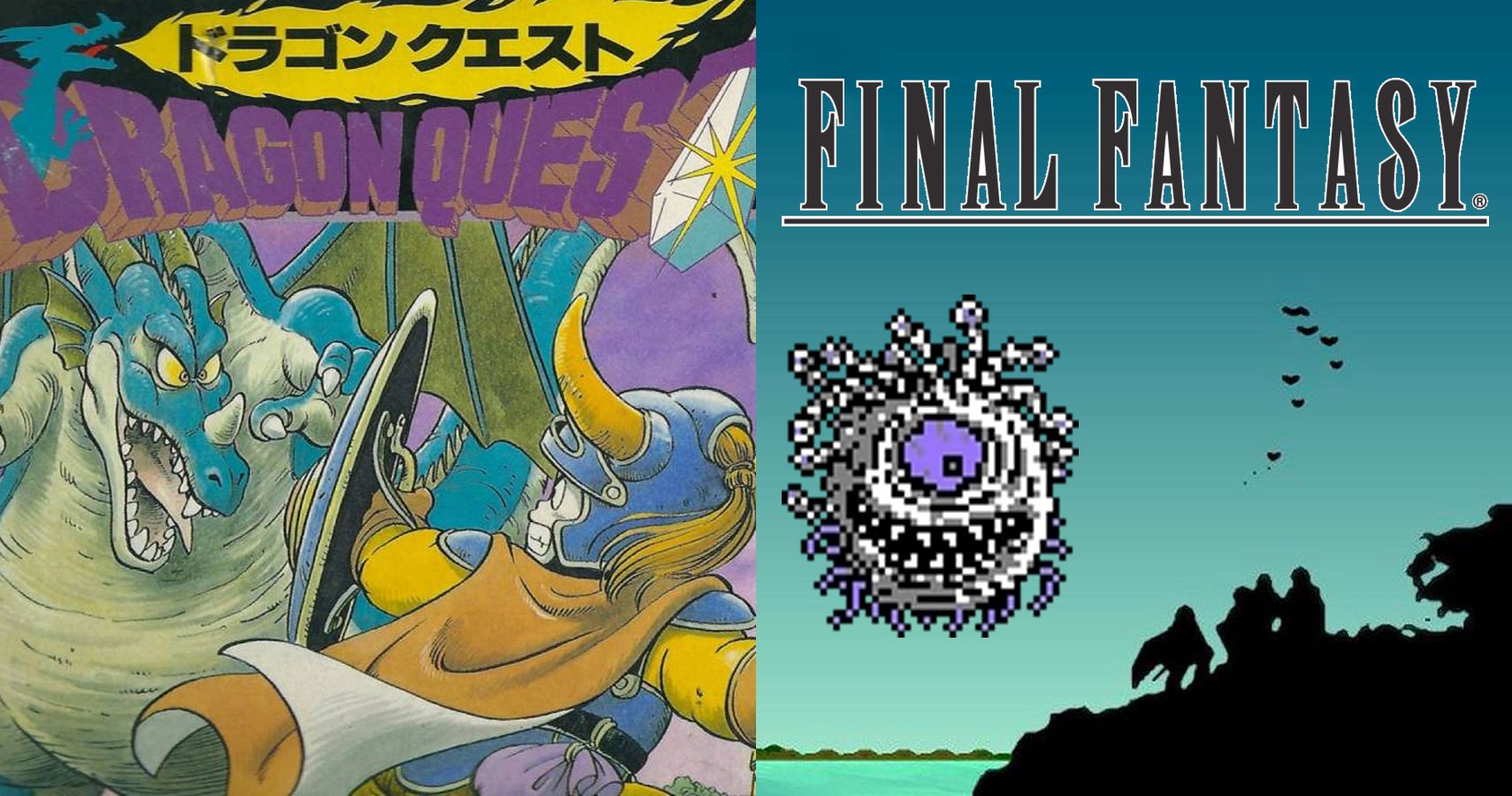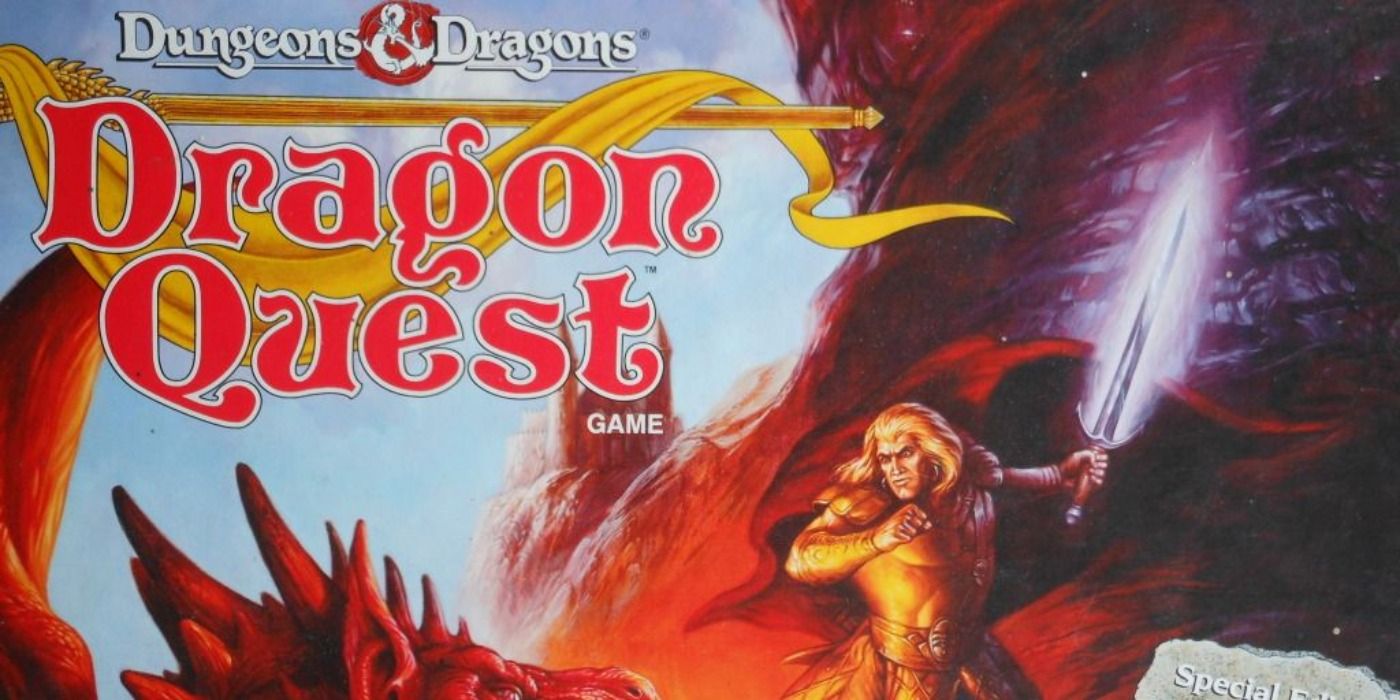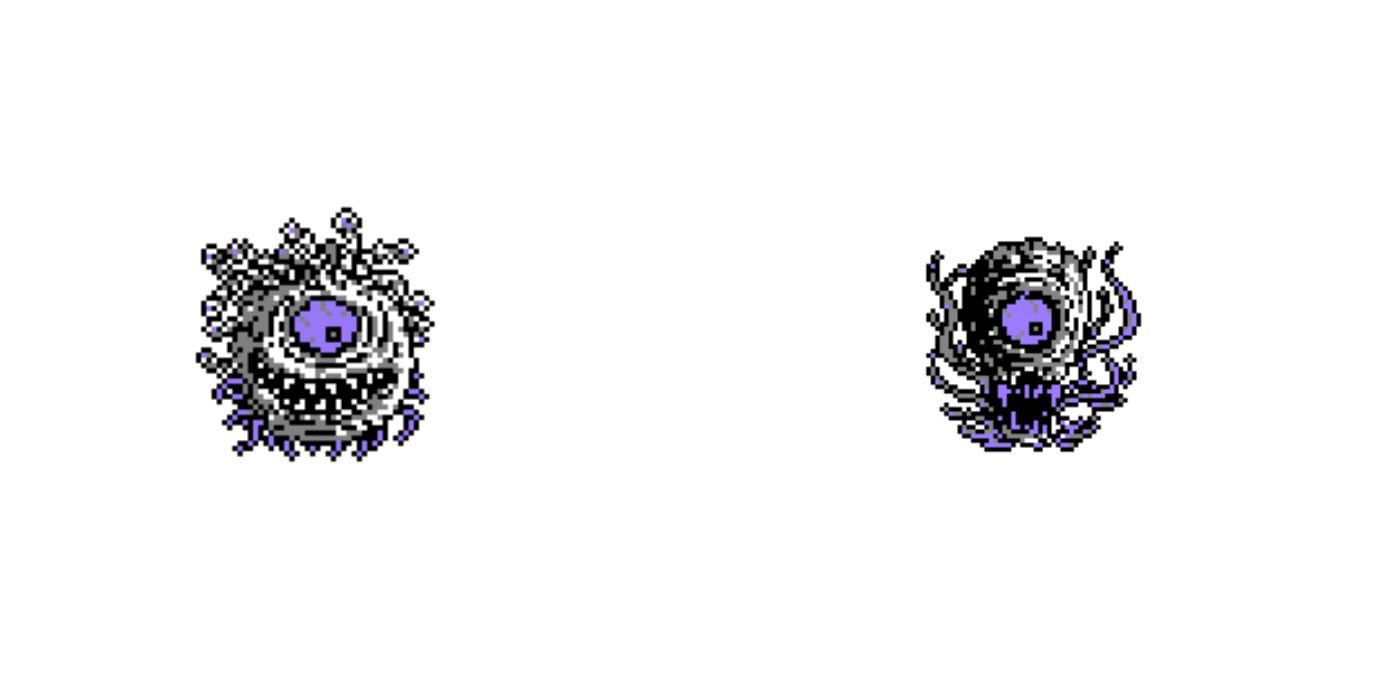Both Dragon Quest and Final Fantasy were heavily influenced by Dungeons & Dragons and had to change certain aspects in order to avoid lawsuits.
Dungeons & Dragons debuted in 1974, which predated the release of the Nintendo Famicom by almost a decade. It was the dream of many early game designers to replicate the experience of a tabletop RPG in a video game, which led to the creation of several early JRPGs, such as the titles that kicked off the Dragon Quest and Final Fantasy series.
It's clear that both Dragon Quest and Final Fantasy took a lot of inspiration from Dungeons & Dragons before they branched off and experimented with different settings and styles of their own.
However, it turns out that the original Dragon Quest and Final Fantasy games took a little too much inspiration from Dungeons & Dragons, as the threat of legal issue led to both games being changed during the localization process.
A Dragon Warrior For A Dragon Quest
Dragon Quest was released for the Famicom in 1986, but it took three years before it was released in North America.
There was already a tabletop RPG in North America called DragonQuest, which was owned by a company called Simulations Publications, Inc. (or SPI for short). SPI was eventually bought out in 1987 by a company called TSR, which was also the publisher of Advanced Dungeons & Dragons.
TSR released a new edition of DragonQuest (now called Dragon Quest) in 1989, which was also the same year that the first Dragon Quest video game was due to be released in North America. The people at Enix decided that a potential lawsuit wasn't worth the hassle, so they renamed the series to Dragon Warrior in North America.
The Dragon Warrior name was used for the localized versions of the first four Dragon Quest titles on the Nintendo Entertainment System and was used once more in 2001 when Dragon Quest VII was released for the original PlayStation, which became Dragon Warrior VII. In fact, the Dragon Quest name wasn't used in the west until 2005, with the release of Dragon Quest VIII: The Journey of the Cursed King for the PlayStation 2.
The Eye Of The Beholder
The vast majority of the monsters in Dungeons & Dragons are based on creatures from folklore and mythology, as well as a few knock-offs from The Lord of the Rings that are just distinct enough to keep the Tolkien estate lawyers at bay.
There are a few monsters in Dungeons & Dragons that are considered to be part of the intellectual property of the game and cannot be used without permission, including displacer beasts, illithids, and the githyanki/githzerai. The beholders also fall under this protection.
When the original Final Fantasy was released in Japan, there was a boss monster in the Cavern of Ice called the Beholder, which was identical to the creature from Dungeons & Dragons. The concept artwork shown above is Yoshitaka Amano's take on the famous creature.
When Final Fantasy was brought to the west, there must have been concerns over the appearance of the beholder, so its design and name was changed.
The Beholder boss (left) was changed into the Evil Eye (right), which had its resemblance to the Beholder severely toned down. The Evil Eye design has been used in subsequent ports of the game.
Though it's normal for certain games to be influenced by older ones, it seems like Dragon Quest and Final Fantasy took this a bit far. Thankfully, both games eventually changed these aspects in order to avoid legal issues.




